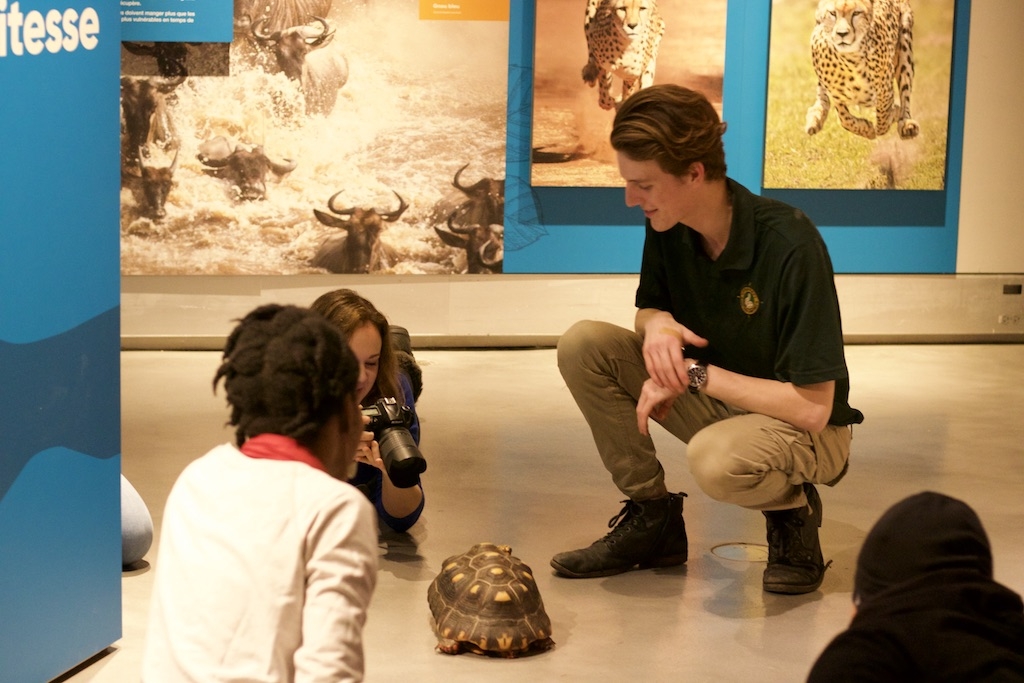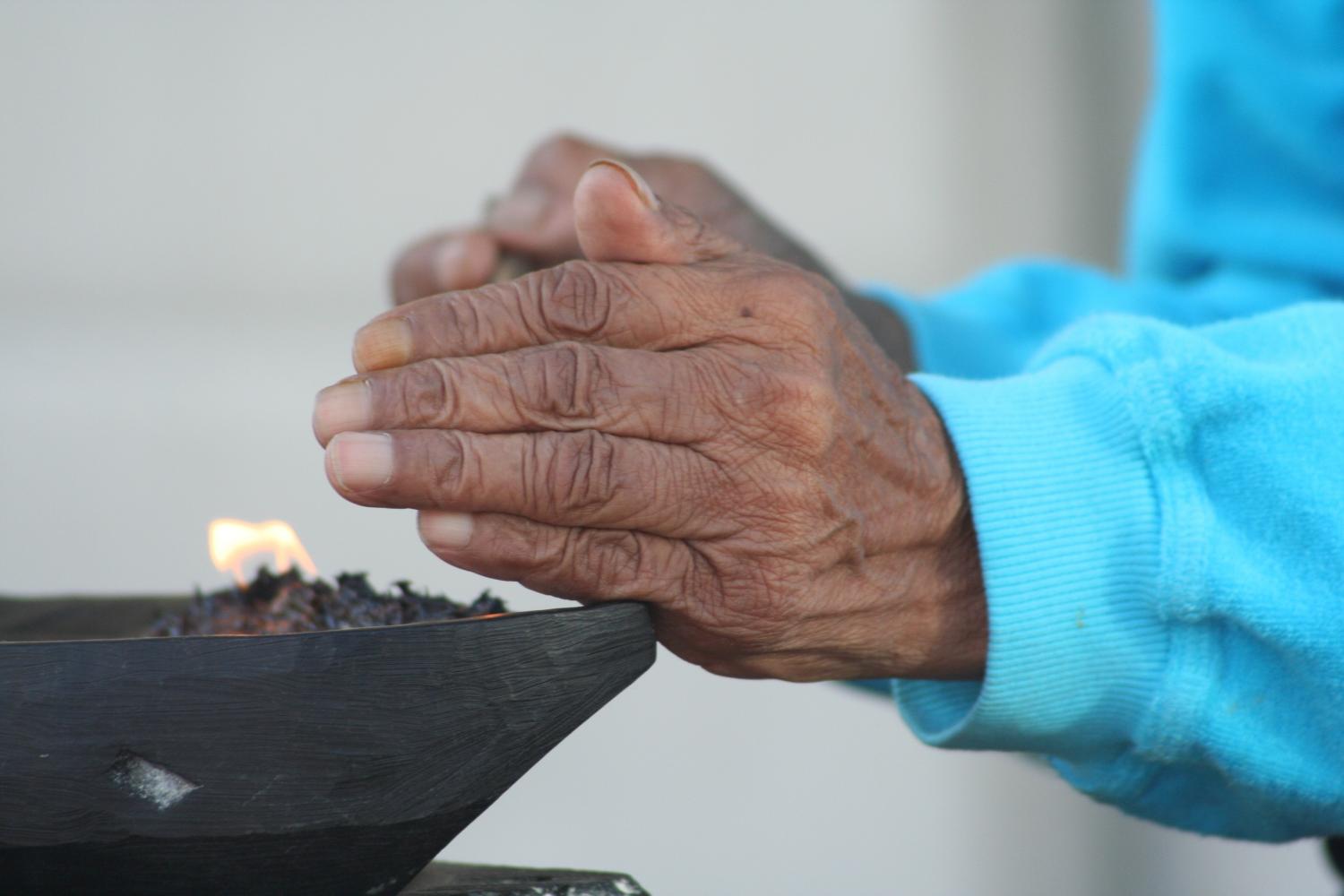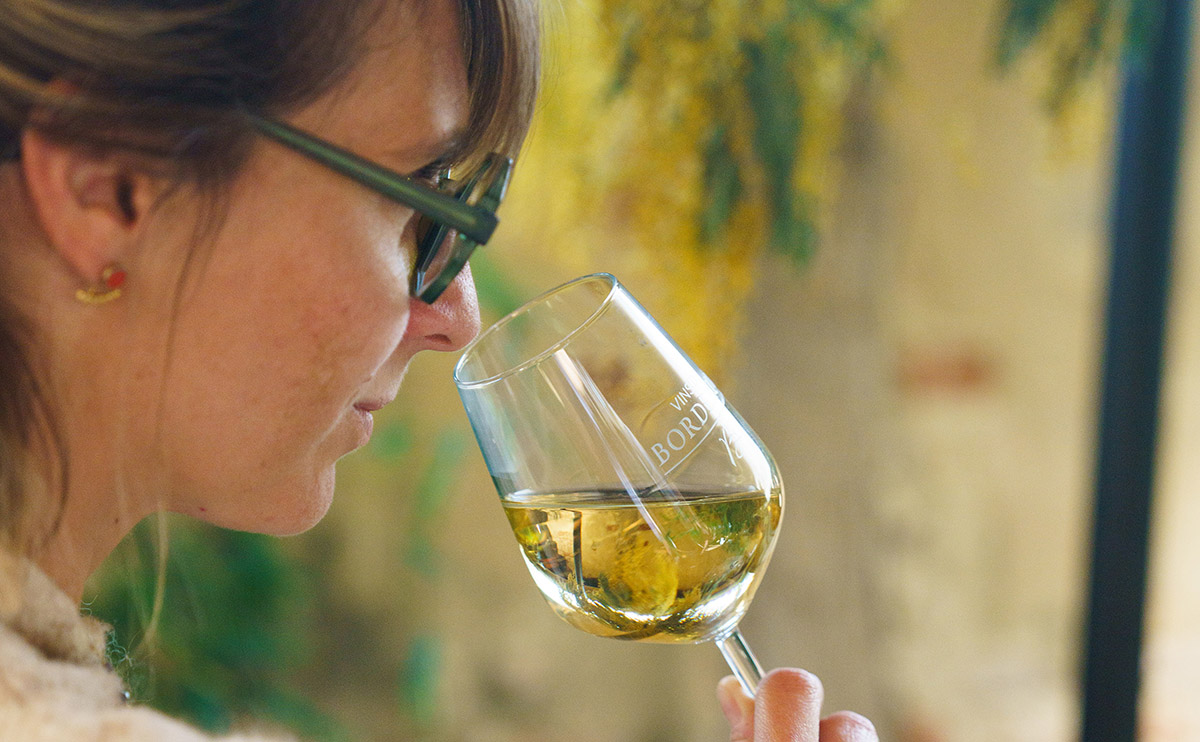
Canadian Museum of Nature and Little Rays Nature Centres Entertain and Educate While Protecting Exotic Animals
Photo credit: Baylee Marion
It's not every day that you get to see exotic animals in person. When I was given the opportunity to visit the Canadian Museum of Nature to write about their new sloth exhibit I couldn’t have been more excited. This exhibit preview did not disappoint. All I wanted was to see a live sloth, but I got even more than I expected.
The new exhibit at the Canadian Museum of Nature, Survival of the Slowest, features rescued creatures which survive and thrive in their environment by using counter-intuitive adaptations. It is open to visitors December 21, 2018 and runs until April 22, 2019. This new contribution to the museum is produced by Little Ray’s Nature Centre, a local reptile rescue which values education and public outreach.
The exhibit is exceptionally educational. I learned a couple of cool facts about these animals. The bats are not actually able to fly due to their old age and lack of care from previous owners. The turtle’s shell has a condition called “pyramiding” which means that he had a poor diet before his rescue. Lastly, the gecko I met had no eyelids!
In collaboration with the museum, live animals can be visited through 19 different habitats. I met Lilo, a female sloth who was brought out for us to view. Though you cannot touch the animals, there are live animal demonstrations every day and you can, therefore, get a great look at the creatures beyond the glass. The male sloth, Roger, is a two-toed sloth and is the face of the exhibit. I was amazed by the variety of creatures present including iguanas, chameleons, hedgehogs, owls, bats, spiders, snakes, and more.
Meg Beckel, President, and CEO of the CMN stated the exhibit “offers a chance for visitors to get up close to species” and exhibits like these help “supplement permanent exhibits”. She noted they help us reflect on and appreciate biodiversity as well providing a learning experience for visitors.
 Paul Goulet, owner of Little Ray’s Nature Centres; and Canadian Museum of Nature exhibit content specialists explained to us how the animals in the exhibit are recused and some would otherwise be euthanized. He noted that important that these animals were not fit for the wild, or were be rehabilitated until they would be fit in the wild. He stated he couldn’t be more proud to be working with the museum on the Survival of the Slowest exhibit.
Paul Goulet, owner of Little Ray’s Nature Centres; and Canadian Museum of Nature exhibit content specialists explained to us how the animals in the exhibit are recused and some would otherwise be euthanized. He noted that important that these animals were not fit for the wild, or were be rehabilitated until they would be fit in the wild. He stated he couldn’t be more proud to be working with the museum on the Survival of the Slowest exhibit.
Paul touched on the importance of learning about the balance of adaptations and survival techniques. Not all animals benefit from exemplifying characteristics humans value including strength and speed. This exhibit explores how these unexpected adaptations and characteristics can help animals not only survive but thrive in their environments.
The staff is highly educated and excited to discuss each animal’s quirks. As an animal lover, I felt a sense of peace knowing all animals were rescued and are in a better home, being taken care of. If you love animals and want to see them live, I highly recommend you check out this exhibit.









